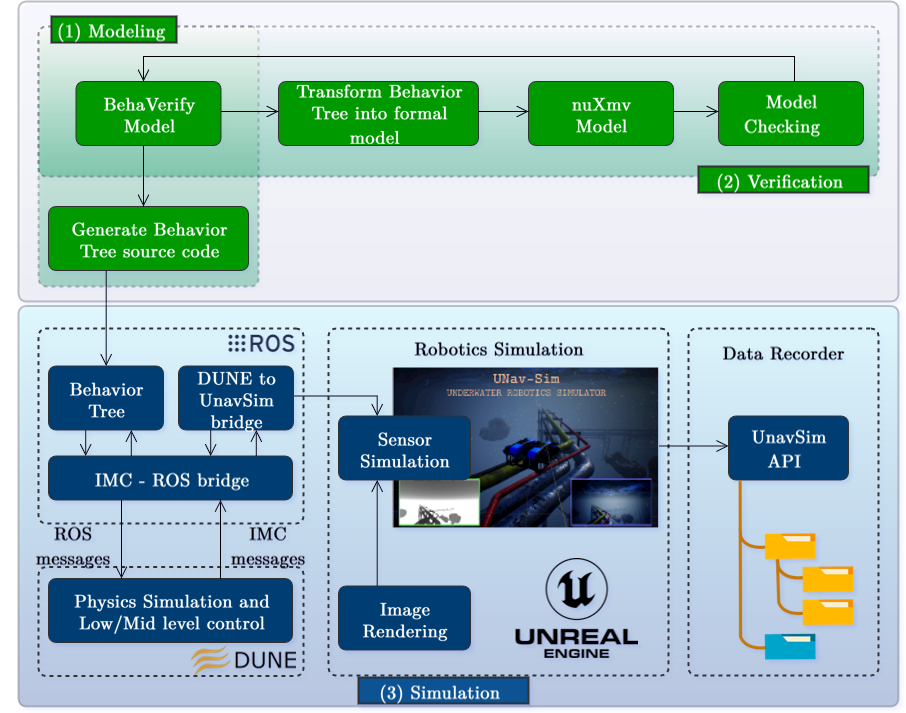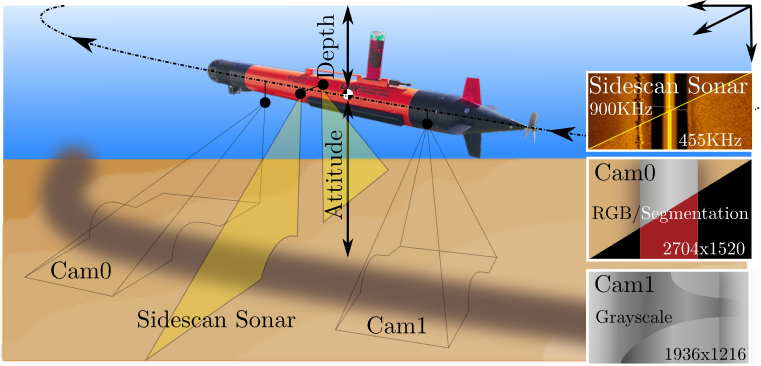![]() By Sergio Quijano, ITU
By Sergio Quijano, ITU
Maintaining underwater pipelines is a critical yet challenging task. Fortunately, recent advancements in Autonomous Underwater Vehicles (AUVs) and innovative datasets pave the way for more efficient and accurate inspections.
Autonomous Underwater Vehicles: A Game Changer
In our first blog post, we explore a groundbreaking framework that uses Behavior Trees (BTs) to improve the autonomy of AUVs for pipeline inspection. This innovative approach reduces the need for human intervention, cutting costs and enhancing inspection efficiency. By integrating advanced algorithms and robust safety checks, this framework represents a significant leap forward in underwater robotics.

Read more about how AUVs are revolutionizing pipeline inspection
Unlocking the Depths: Introducing SubPipe – The Future of Underwater Pipeline Inspection
Our second blog post introduces SubPipe, a novel dataset designed for underwater Simultaneous Localization and Mapping (SLAM), object detection, and image segmentation. Created using a Lightweight Autonomous Underwater Vehicle, SubPipe proposes high-resolution imagery and detailed annotations, addressing a critical gap in underwater computer vision research. This publicly available dataset invites researchers to develop and benchmark new algorithms, facilitating collaboration and innovation.

Discover the potential of the SubPipe dataset
The Power of Collaboration
These advancements were achieved during a research stay hosted by OceanScan MST, where five PhD students collaborated to apply their expertise in image segmentation, visual SLAM localization, deep learning, and formal verification to the LAUV from OceanScan MST and the LSTS toolchain. This interdisciplinary approach highlights the importance of combining different research fields to tackle complex challenges in underwater inspection.
Both of these advancements highlight the exciting future of underwater pipeline inspection. By leveraging autonomous technologies and comprehensive datasets, we can ensure safer, more efficient, and more reliable maintenance of underwater infrastructure.
Stay tuned as we explore these innovations and their impact on the industry.
 REMARO REMARO
REMARO REMARO